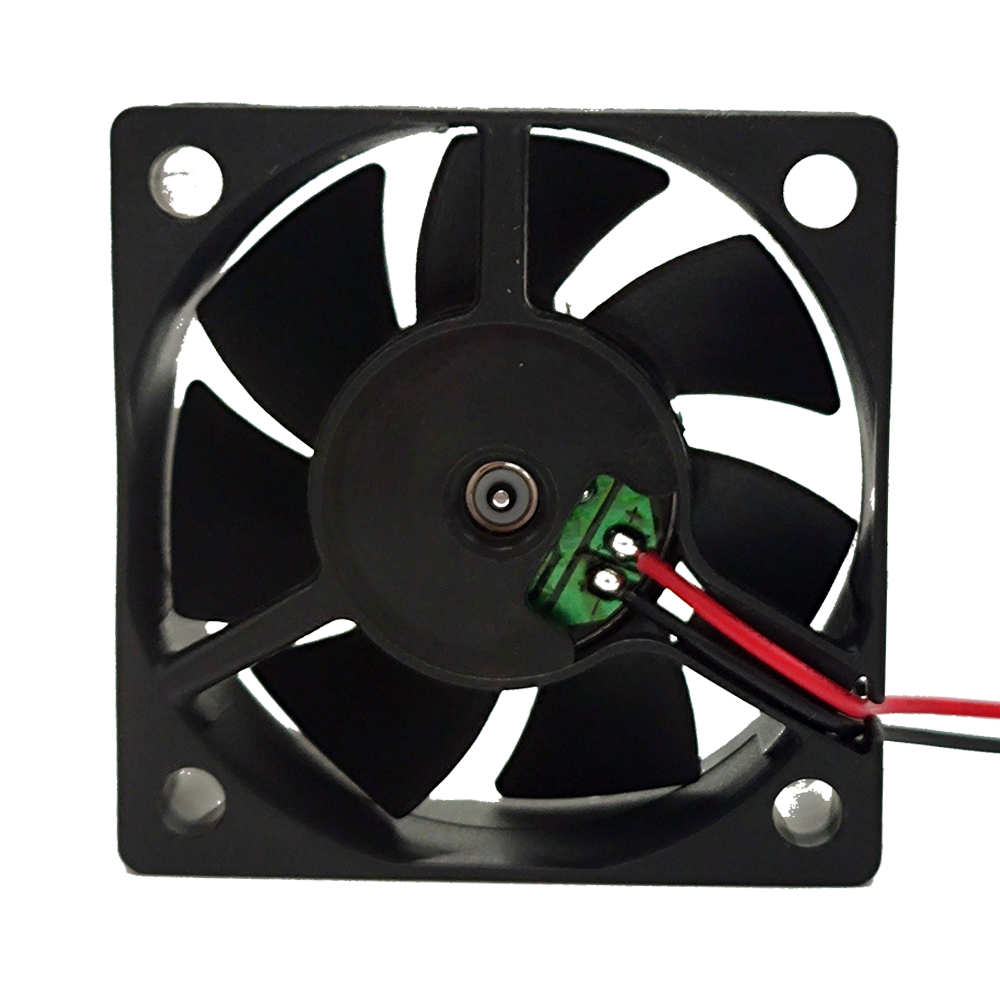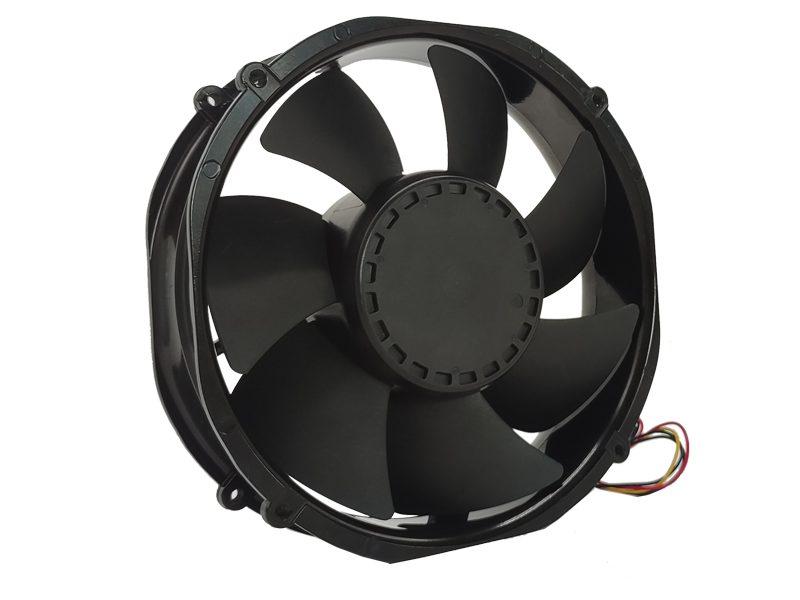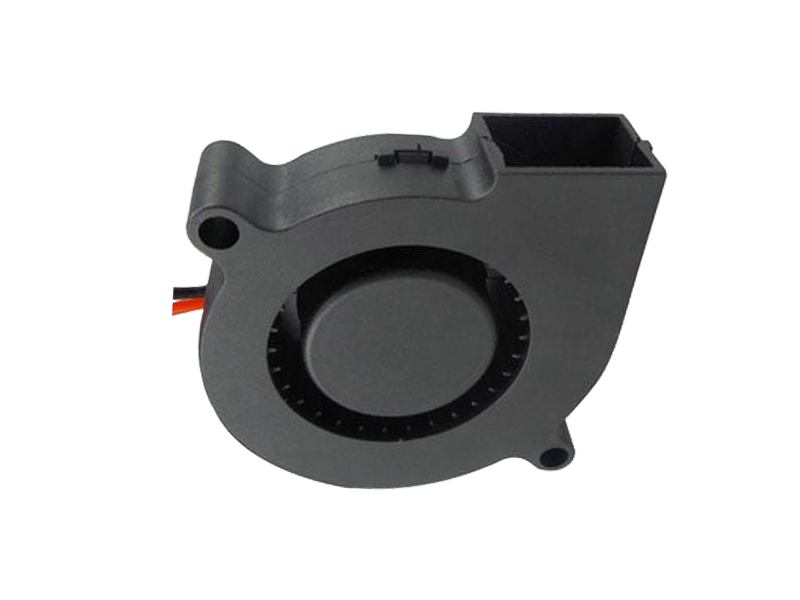The industrial fan, once a mechanical workhorse designed for brute-force airflow, is undergoing a paradigm shift. Modern product development now revolves around creating intelligent airflow ecosystems that integrate IoT connectivity, predictive analytics, and adaptive control systems. This evolution addresses a fundamental shift in industrial needs: from simply moving air to optimizing entire thermal environments.
1. The Rise of Sensor-Fused Fan Systems
Today’s industrial fans are embedded with arrays of environmental sensors:
Multi-Point Temperature Grids: Laser-based thermal cameras map 3D heat profiles across facilities
Particulate Monitors: Detect dust concentrations to prevent explosive atmosphere risks
Vibration Spectrum Analyzers: Identify bearing wear through FFT (Fast Fourier Transform) analysis
Airflow Visualization: LiDAR sensors create real-time aerodynamic maps
A steel mill in Germany deployed fans with integrated pyrometers that dynamically adjust airflow based on real-time billet temperatures, reducing cooling time by 22% while cutting energy consumption 18%.
2. Adaptive Aerodynamics Through Machine Learning
Advanced fans now employ reinforcement learning algorithms:
Auto-Tuning Blades: Shape-memory alloy actuators adjust pitch angles in response to load changes
Digital Twins: Cloud-based simulations predict optimal performance under 1,200+ variable combinations
Swarm Intelligence: Multiple fans coordinate via blockchain-like consensus protocols to eliminate turbulence
A Chinese data center achieved 29% energy savings using AI-driven fans that learned from historical weather patterns and server load cycles, maintaining PUE (Power Usage Effectiveness) below 1.15 year-round.
3. Predictive Maintenance as a Competitive Moat
Modern fan systems transform maintenance from reactive to prescriptive:
Acoustic Fingerprinting: Machine learning models detect bearing defects through sound analysis

Oil Debris Monitoring: Microscopic sensors analyze lubricant for metallic particles
Digital Thread: Full lifecycle tracking from raw material sourcing to decommissioning
A Gulf Coast petrochemical plant implemented fans with embedded edge computing nodes that predicted motor failures 47 days in advance, avoiding $4.2M in potential downtime costs.
4. Human-Machine Interface Revolution
Operator interfaces have evolved beyond basic control panels:
AR Overlays: Technicians visualize airflow patterns through HoloLens-style interfaces
Natural Language Commands: Voice-activated systems adjust settings using conversational AI
Haptic Feedback: Gloves provide tactile cues about airflow resistance patterns
At a European automotive plant, AR-guided maintenance reduced troubleshooting time by 63%, with technicians receiving real-time guidance aligned with fan sensor data.
Recommended Products

The main purpose:Car charging station

The main purpose:Car charging station

The main purpose:Electronic refrigerators, water dispensers, direct drinking machines, inverter power supplies
Address:No. 4137, Longgang Avenue (Henggang Section), Henggang Community, Henggang Street, Longgang District, Shenzhen
hotline:13530005572(Chen)15112579390(Li)


Welcome all friends to come for consultation and negotiation.
Copyright 2024 @ Shenzhen Youneng Xinyuan Electronics Co., Ltd.,(industrial fans,industrial blowers,axial fans,cooling fans manufacturer,centrifugal fans,ac cooling fans,dc cooling fans)